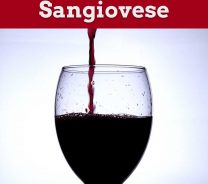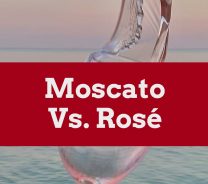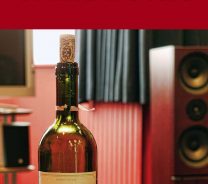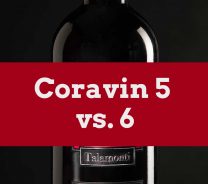What is the Meaning of D’Asti?
Last Updated on August 1st, 2023
Reader Disclosure Disclosure: We may earn commissions for purchases made through links on our site. Learn more on our about us page.Asti is a very specific region located within beautiful Piedmont, Italy. Bordering France and Switzerland, Piedmont sits right near the Swiss Alps. Piedmont is famously known for its cuisine, deemed ‘Italy’s New Food Capital’ by a food and wine enthusiast site.
The piemontesi – the people of Piedmont – create their meals from traditions passed down the grapevine. In Piedmont, you’ll find many beautiful vineyards coined ‘historical’ by its residents. These castle-like vineyards are the source of the wine we know and love, Moscato D’Asti.

What does D’Asti mean in wine?
In terms of wine, when you hear ‘Moscato D’Asti,’ it translates to a more simple term meaning ‘Moscato of Asti.’ This refers to the region in which the wine was created. In other terms, any wine from Italy following with D’Asti means that the beverage itself is produced and sourced from the Asti region of Italy.
The Asti region is special due to the location, for other wines produced from the region grow grapes native to the land. Such as Barbera, a red wine grape popular in Italy, is the third grape variety of choice to be planted within the region. Barbera is a crop known for its high acidic content, low tannin count, and beautiful color.
What is the difference between a Moscato and a Moscato D’Asti?
Moscato D’Asti is surely a more advanced semi-sparkling wine created only in the Piedmont region of Italy. It is the relatively sweeter wine, deemed one of the sweetest wines in the world. And it does not go through a second fermentation process as regular champagne would. Moscato D’Asti is described with notes such as vine peaches, grape juice, elderberry, and sage.
A regular Moscato wine, however, will lack these advancements. Moscato is typically produced in California, using a Muscat grape variety grown around the world today. Your typical Moscato can be described with a variety of notes. They range from mandarin orange and orange blossom to pear and honeysuckle.
How do you pronounce D’Asti?
Welcome to our exclusive wine lango lesson! Featuring our beloved Moscato D’Asti. Learning the pronunciation for this term can seem intimidating. But, you’ll come to learn that it’s more simple and less complicated than you might think.
D’Asti: DAHS-Tee
Now we need to merge this term with ‘Moscato.’ Most of you might already know how to pronounce this, but what’s the harm in putting these terms together to learn the whole pronunciation?
Moscato D’Asti: mo-SCAH-toh DAHS-Tee
Toutes nos félicitations! We mean, congratulations! You’ve learned how to pronounce a very important wine term!
Are all D’Asti wines sparkling?
Whether the fizziness of the beverage is lighter than another, most wines from Asti are indeed sparkling. This, however, is more than just a signature for wine artisans of Asti. It’s the material used in the creation process of this famous Italian wine. Most Asti artisans use stainless steel wine tanks during a single fermentation process. This gives most of their wines a distinctive sparkle for the famous dessert wine.
Summary
D’Asti means that the beverage is created in Asti, a region in Italy. In other words Moscato D’Asti means Moscato of Asti. The difference between your regular Moscato and Moscato D’Asti is simple. A regular Moscato is most likely curated within California or another location that is not Asti. Wine artisans in Asti also make use of their native wine grapes. And they have a special fermentation process that differs from the average fermentation of a regular Moscato. Most D’Asti (DAHS-Tee) wines are sparkling due to their singular signature fermentation process.


















